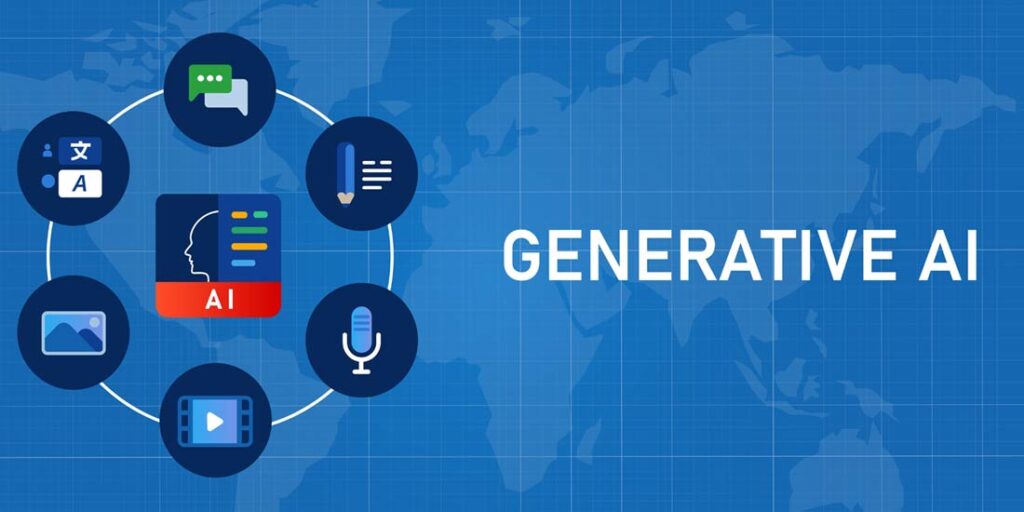
AI’s Newest Frontiers: Unlocking the Power of Generative ModelsAI’s Newest Frontiers: Unlocking the Power of Generative Models Artificial intelligence has embarked on an exciting new era, propelled by the transformative capabilities of generative models. These cutting-edge algorithms possess the remarkable ability to create novel data, images, text, and even music, opening up unprecedented possibilities in diverse domains. Unveiling the Potential of Generative AI Generative models are like digital artists, capable of generating entirely new content from scratch or modifying existing data to create captivating and realistic outcomes. This revolutionary technology is driven by deep learning techniques that enable AI systems to learn the underlying patterns and relationships within datasets. Applications Across Industries The applications of generative models span a vast array of industries, including: * Healthcare: Generating synthetic medical images for training machine learning algorithms used in disease diagnosis and treatment planning. * Entertainment: Creating immersive virtual worlds, realistic character animations, and captivating music compositions. * Manufacturing: Designing innovative products and optimizing production processes by generating new ideas and solutions. * Financial services: Detecting fraud, forecasting market trends, and generating personalized financial advice. Types of Generative Models There are various types of generative models, each with its strengths and weaknesses: * Generative Adversarial Networks (GANs): Pit two neural networks against each other to create realistic images, videos, and other data types. * Variational Autoencoders (VAEs): Learn a latent representation of data, allowing for efficient generation of new samples. * Autoregressive Models: Generate sequential data, such as text, speech, or music, one element at a time. Challenges and Future Directions While generative models have made significant strides, challenges remain: * Data Quality: The quality of generated data is heavily dependent on the training data. * Bias and Fairness: Models can inherit biases present in training data, leading to unfair or discriminatory results. * Interpretability: Understanding how generative models make decisions and generate outputs can be difficult. Despite these challenges, research into generative AI continues at a rapid pace. Future developments are expected to address these limitations and unlock even greater potential for transformative applications. Conclusion Generative models represent the latest frontier in AI, empowering computers with the ability to create novel content that was once exclusive to human ingenuity. As these models evolve and mature, they promise to revolutionize industries, enhance creativity, and expand our understanding of the world around us. The era of generative AI has only just begun, and its impact is poised to shape our future in countless ways.
Posted inNews